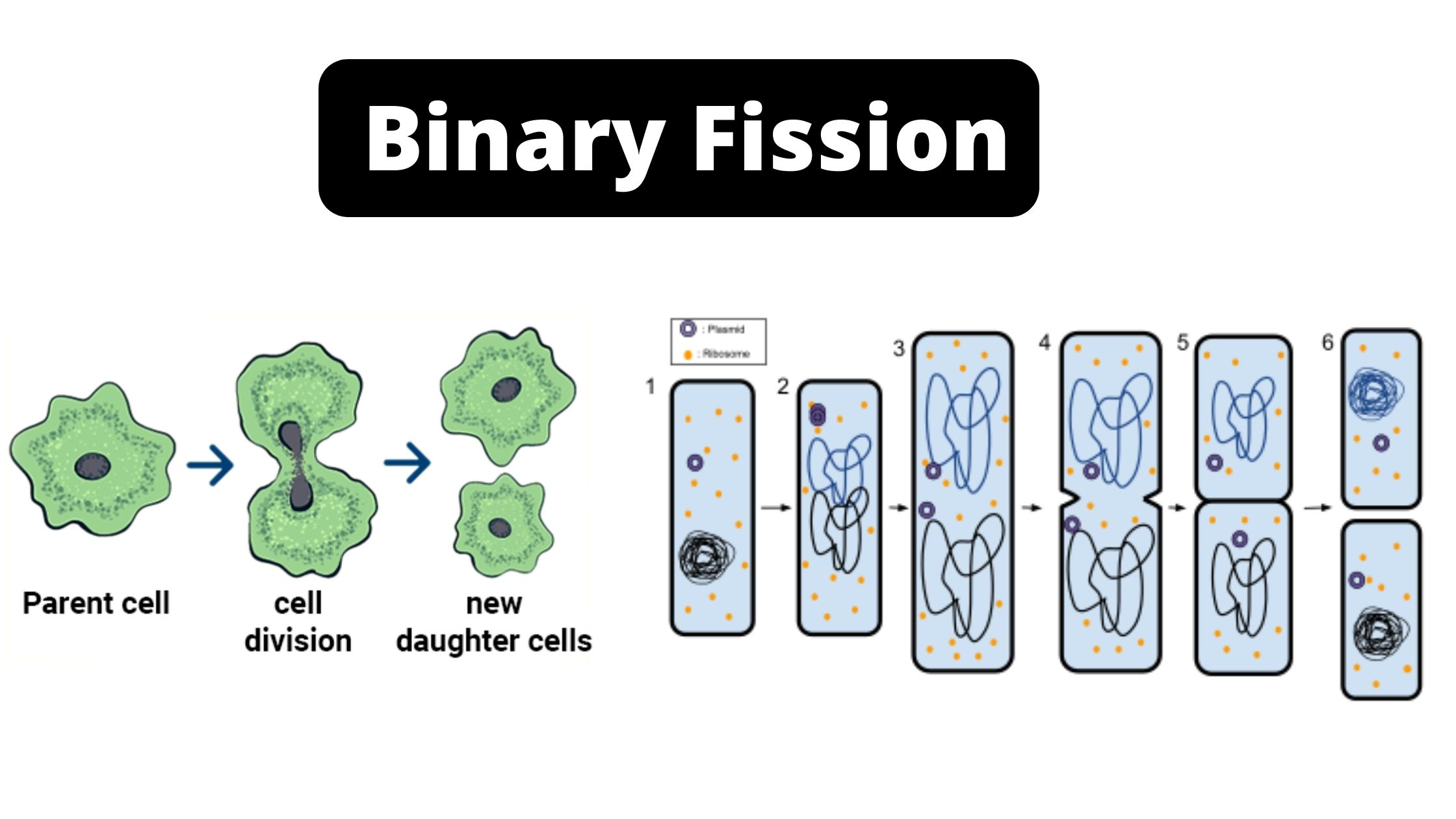

Irregular: In this fission, cytokinesis may take place along any plane but it is always perpendicular to the plane of karyokinesis (nuclear division).Types of binary īinary fission in organisms can occur in four ways, irregular, longitudinal, transverse, oblique.i.e.left oblique & right oblique All chloroplasts and some mitochondria (not in animals), both organelles derived from endosymbiosis of bacteria, also use FtsZ in a bacteria-like fashion. Mitochondrial fission occurs frequently within the cell, even when the cell is not actively undergoing mitosis, and is necessary to regulate the cell's metabolism. Some organelles in eukaryotic cells reproduce using binary fission. " Euryarchaeota" use FtsZ like bacteria do. They use a primitive version of the eukaryotic ESCRT-III system (also known as Cdv) to manipulate the membrane into separating, specifically by coming into the middle of the two soon-to-be daughter cells. Thermoproteota (formerly Crenarchaeota) possess neither a cell wall nor the FtsZ mechanism. Bacterial growth is limited by factors including nutrient availability and available space, so binary fission occurs at much lower rates in bacterial cultures once they enter the stationary phase of growth. coli may have faster or slower doubling times: some strains of Mycobacterium tuberculosis may have doubling times of nearly 100 hours. This time period can, therefore, be referred to as the doubling time. Because the new cells will, in turn, undergo binary fission on their own, the time binary fission requires is also the time the bacterial culture requires to double in the number of cells it contains. coli, cells typically divide about every 20 minutes at 37 ☌. Speed of FtsZ-dependent Fission īinary fission is generally rapid though its speed varies between species. Little is known about how bacteria that naturally don't grow a cell wall divides, but it is thought to resemble the L-form's budding-like division process of extrusion and separation. Studies of bacteria made to not produce a cell wall, called L-form bacteria, shows that FtsZ requires a cell wall to work. The new daughter cells have tightly coiled DNA rods, ribosomes, and plasmids these are now brand-new organisms.The new cell wall ( septum) fully develops, resulting in the complete split of the bacterium.

The growth of a new cell wall begins to separate the bacterium (triggered by FtsZ polymerization and "Z-ring" formation).The DNA is pulled to the separate poles of the bacterium as it increases the size to prepare for splitting.The DNA of the bacterium has uncoiled and duplicated.The bacterium before binary fission is when the DNA is tightly coiled.More specifically, the following steps occur: MinE stops the MinCD activity midcell, allowing FtsZ to take over for binary fission. MinC and MinD function together as division inhibitors, blocking formation of the FtsZ ring. FtsZ is thought to be the first protein to localize to the site of future division in bacteria, and it assembles into a Z ring, anchored by FtsZ-binding proteins and defines the division plane between the two daughter cells. Process of FtsZ-dependent fission įtsZ is homologous to β-tubulin, the building block of the microtubule cytoskeleton used during mitosis in eukaryotes.

Like in mitosis (and unlike in meiosis), the parental identity is not lost. Unlike the processes of mitosis and meiosis used by eukaryotic cells, binary fission takes place without the formation of a spindle apparatus on the cell. The consequence of this asexual method of reproduction is that all the cells are genetically identical, meaning that they have the same genetic material (barring random mutations). When the cell begins to pull apart, the replicated and original chromosomes are separated. The single DNA molecule first replicates, then attaches each copy to a different part of the cell membrane. Binary fission results in the reproduction of a living prokaryotic cell (or organelle) by dividing the cell into two parts, each with the potential to grow to the size of the original. This form of asexual reproduction and cell division is also used by some organelles within eukaryotic organisms (e.g., mitochondria). Organisms in the domains of Archaea and Bacteria reproduce with binary fission. (1) growth at the centre of the bacterial body. Blue and red lines indicate old and newly generated bacterial cell wall, respectively. Schematic diagram of cellular growth (elongation) and binary fission of bacilli.


 0 kommentar(er)
0 kommentar(er)
